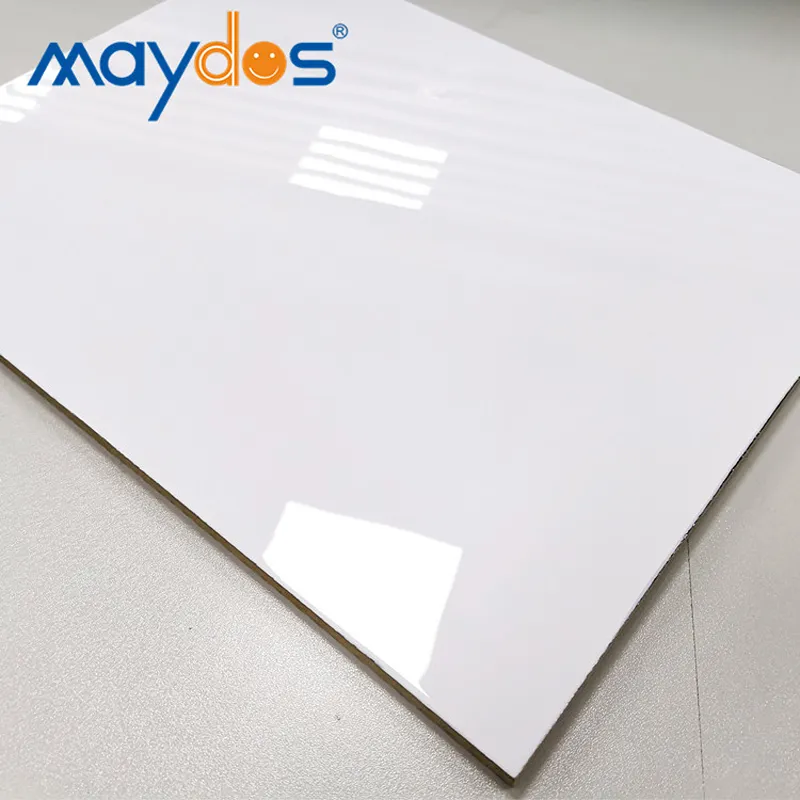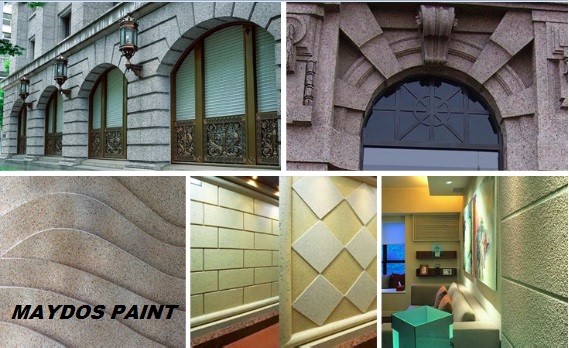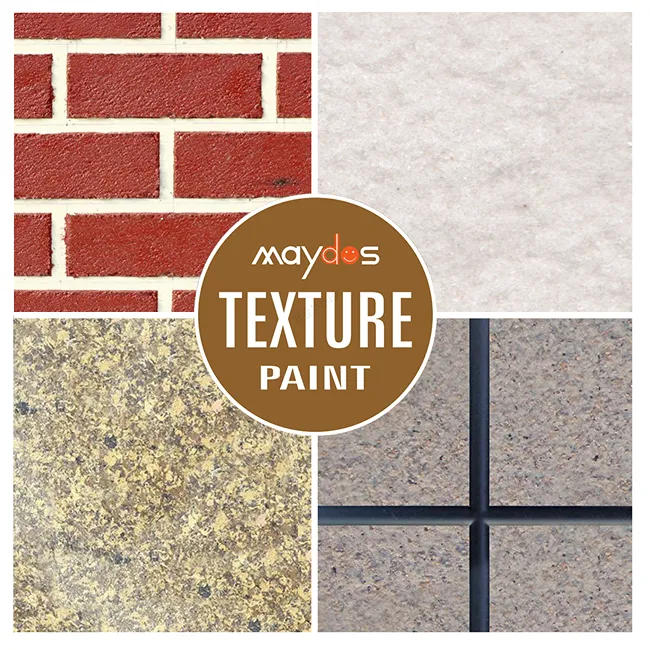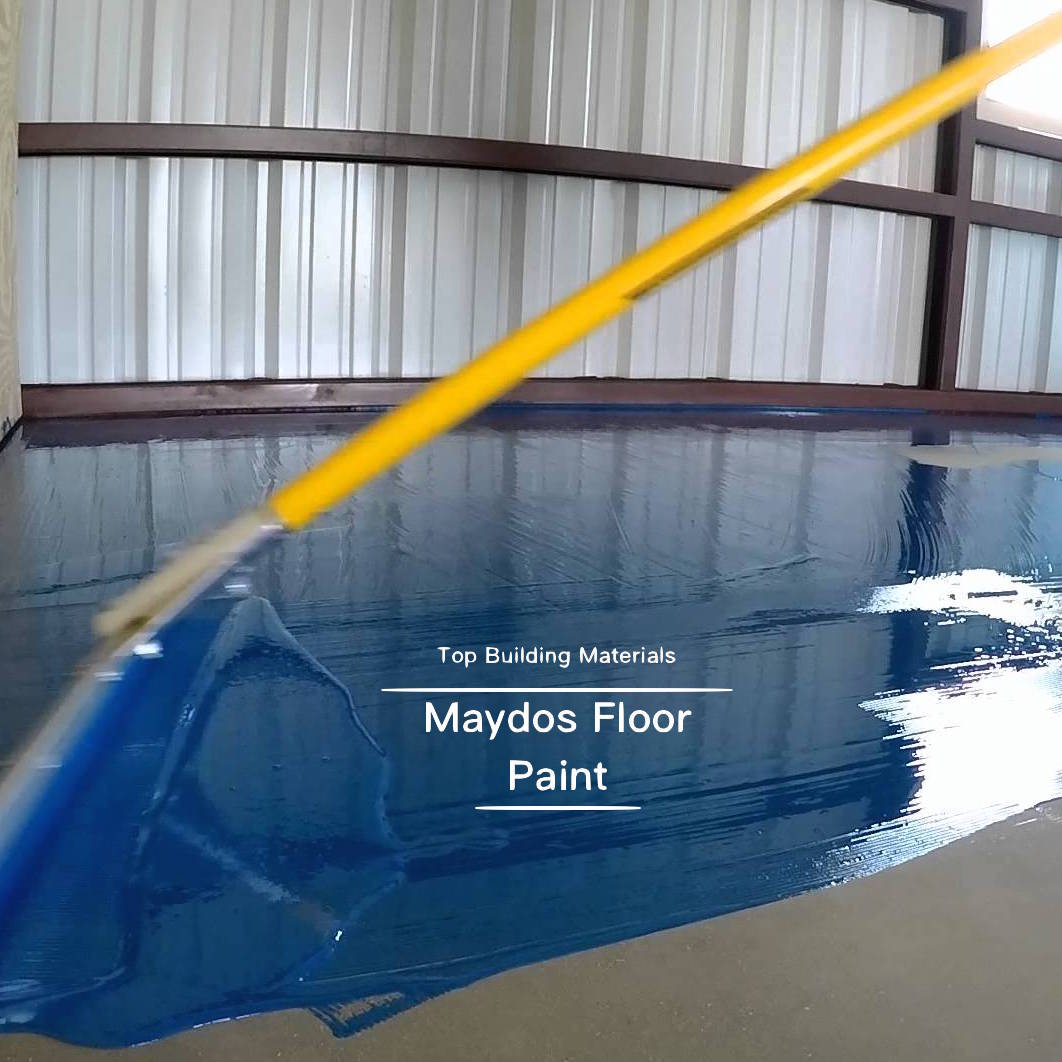Maydos Glue Adhesive
Whether you need to create a new product or repair something, you will need a good glue. You can find many different types, such as Maydos Glue Adhesive, and choosing the right one for your needs is important. Here are some things to know about it:
Contact Adhesive Products/Chloroprene Rubber Glue/shoe Glue
Maydos Glue Adhesive/Chloroprene Rubber Glue is a type of multi-purpose contact adhesive that can be used in a variety of applications. It can be used to bond a wide range of materials, including wood, plastic laminates, and metal. Some of its key features include fast application, a long-term service life, and excellent bonding strength.
When applying a contact adhesive, it is important to make sure you are using the right product for the job. For example, if you are going to be working with rubber footwear, you need a product that is waterproof. This will ensure that the glue won’t get damaged by water. You can also use a product with a durable coating, which will protect the glue from getting worn out.
There are many different kinds of contact adhesives. They can be one-part systems, which consist of a single component, or two-part systems, which need to be mixed before dispensing. Both have their advantages and disadvantages.
One-part adhesives can be very effective, but they can damage certain types of plastics. Two-part adhesives can have a more effective curing time. The second part of the formula will cure the first part, and the entire mix will attain its final properties. However, they will also require an external source to initiate the curing process.
If you are looking for an adhesive that is waterproof, you may want to consider using Shoe Goo. This is a shoe repair adhesive that can be applied to virtually all types of footwear. It offers a high-strength bonding capability and is 100% waterproof. Unlike liquid glues, Shoe Goo is slightly drier, which makes it easier to apply. In addition, it is very easy to work with and produces good results quickly.
Another contact adhesive is Delo-Pur by Delo Industrial Adhesives, which is made with two-component polyerethanes. This system is very quick and can be used in both cold seal and hot seal applications. Additionally, it can be cured at room temperature. These products are also a great option if you are working in a professional environment.
If you have a problem with your soles falling off, you might have to try to fix the problem yourself. Aside from gluing them back on, you can also try fixing the holes in the heel or the heels of your shoes. This is especially a good idea if you have expensive rubber boots.
In addition, a one-part Shoe Glue can be useful for fixing the heel of your shoe. You can use a pliable glue, such as Gorilla glue, to affix the soles of your shoes to the upper. As a result, it’s easy to use and it is a great option for repairing any broken rubber boots.
Whether you are trying to repair a damaged heel or you need to seal the sole of a broken boot, a Shoe Glue is an ideal option for the job.
SBS Contact Glue Adhesive
One of the best known adhesive companies in China, Maydos, has a bevy of adhesive products to choose from. From the ubiquitous white and yellow to the more exotic cyanoacrylate and epoxy, they have what you need to make your next building renovation a success. The company has been around since 1995, but launched their international business in the late noughties. Some of the more exciting offerings include the SBS contact adhesive, the SBS epoxy, and the SBS urethane. The Maydos name is synonymous with high quality and competitive pricing. They are a top-notch supplier to many of the big names in the industry. For instance, they are an authorized distributor of DuPont products and a major distributor of 3M products. In addition to a well-stocked showroom, they also have a well-trained staff to keep your projects on time and on budget. Their motto is “do it once, do it right” and that is certainly a winning combination.
Drying times
Wood glue drying times vary from brand to brand. The time required for an adhesive to completely dry depends on several factors, such as the temperature, the type of wood, the humidity, and the material features. These factors influence both the drying and curing times of the adhesive.
Temperature: Typically, wood glue dries faster at warmer temperatures than it does at cooler temperatures. This is due to the fact that moisture evaporates from the glue during the drying process. While the hottest temperatures allow for a shorter curing period, the coldest temperatures can make the glue take a long time to fully cure. Therefore, it is best to use a glue that dries at a warmer temperature.
Humidity: In general, the higher the relative humidity, the longer the drying time. For example, in a humid environment, a woodworking glue should be allowed to dry for at least 24 hours before removing the clamp. If the wood is porous, it will absorb the glue and slow down the drying process. However, a non-porous surface can also slow down the drying process.
Glue is an organic substance that dries when liquid components of the adhesive evaporate. When the liquid component evaporates, it becomes tacky. As the glue dries, it combines with the substrate. It then becomes fully cured.
Depending on the adhesive, the curing time can take from one to two days. A fast-curing adhesive is often a single-component adhesive, such as Akfix 610 or 510. Polyurethanes can take as long as 24 hours to cure. Various other types of adhesives can have different curing and drying times. Whether the adhesive is a polyurethane, silicone, or a rubber/solvent-based construction adhesive, the curing time will depend on the type of material, its humidity, and its temperature.
Sizing: Adhesives that are sized prior to application tend to work better than those that are not. This is because the surface properties of the substrate are modified by the sizing process. To size an adhesive, the material is applied in a thin layer. After it is fully sized, it should then be rubbed together to distribute the glue evenly.
Adhesive’s solids content: Solids content is the percentage of non-volatile matter in an adhesive. The higher the solids content, the faster the bonding. Low solids content adhesives have a lower initial tack. Higher concentrations of solids bond faster because they contain less water.
Temperature: A wood glue should be able to dry in between 12 and 18 hours. However, this amount of time is not always necessary. If the temperature is too cold, the glue will not dry. Similarly, if the ambient temperature is too high, the wood glue will not cure. Instead, it may become brittle and fail to bond. Generally, the fastest drying time is preferable.





















